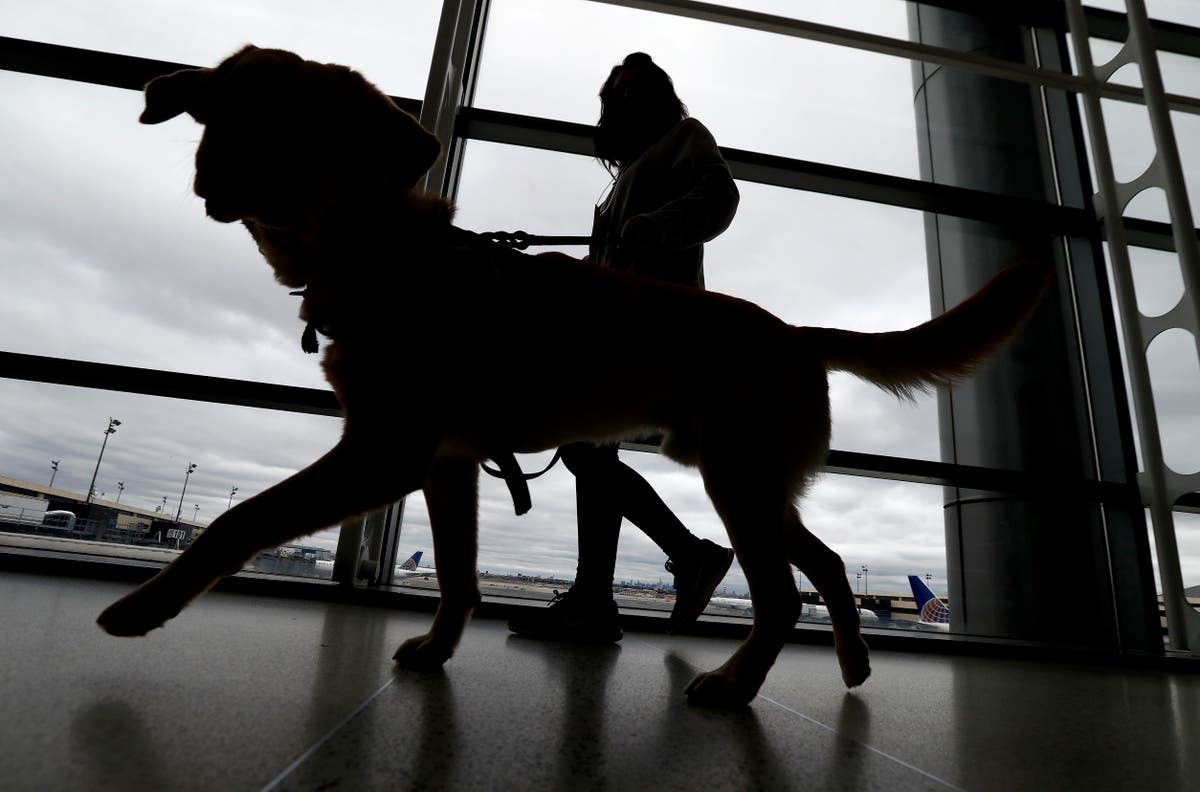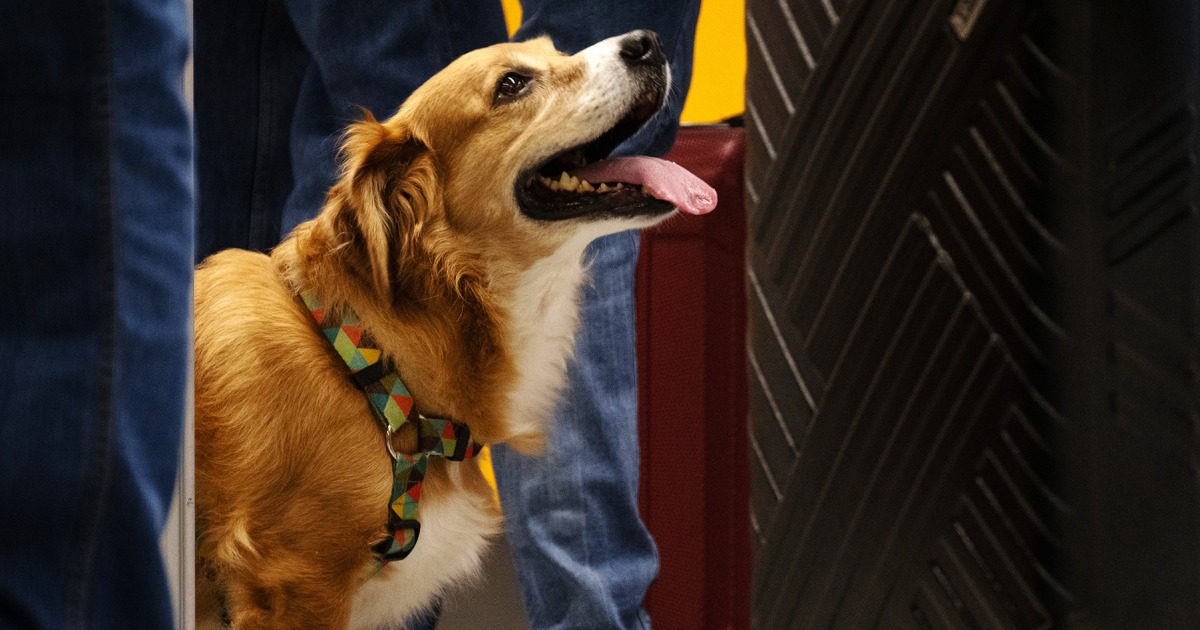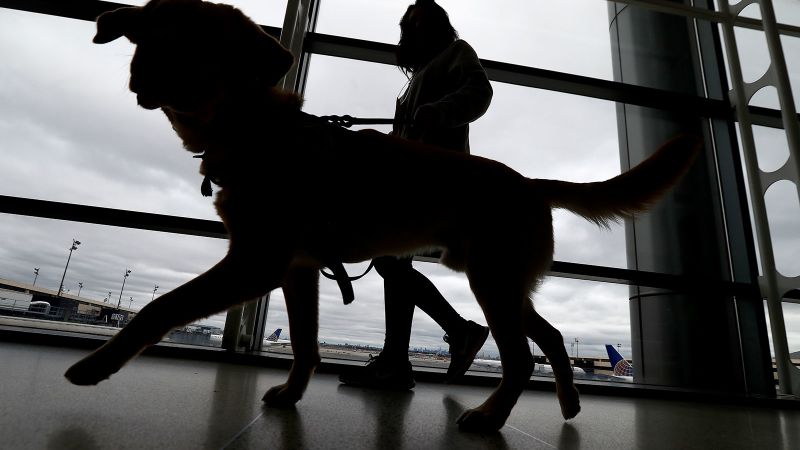
In an effort to prevent the spread of rabies in the United States, new rules have been implemented by the Centers for Disease Control and Prevention (CDC) for bringing dogs into the country. These regulations aim to keep America free of canine rabies, a viral disease that ravages the nervous system and is often fatal in animals and humans.
Effective August 1, all dogs entering the US must meet certain requirements. They must appear healthy upon arrival, be at least six months old, have a microchip implanted under their skin for identification purposes, and possess a CDC Dog Import Form that has been completed online two to ten days before arrival.
These new rules apply to all dogs entering the US, including those born in the country but returning from abroad. The suspension of importation of dogs from over 100 countries where rabies is still prevalent will expire when these regulations take effect.
Rabies was eliminated in dogs within the United States in 2007; however, unvaccinated canines can still contract the disease from rabid wildlife such as raccoons, skunks, or bats. Dogs were once common carriers of the rabies virus in America but were eliminated through vaccinations during the 1970s.
Four cases of dogs with rabies have been identified entering the US since 2015. The CDC is concerned that more might make it through, especially given an increase in fraudulent documentation and puppies denied entry due to insufficient vaccination.
These new rules are a response to these challenges and aim to strengthen the existing regulations last updated in 1956. They address the growing number of people traveling internationally with their pets, as well as rescue groups and breeders setting up operations overseas.
Angela Passman, owner of a Dallas company that helps people move their pets country-to-country, supports these new rules. She acknowledges that they may require more work from pet owners but ultimately believe the end result is beneficial.
However, Jennifer Skiff from Animal Wellness Action argues that some of the changes are unwarranted and too costly for organizations importing animals on behalf of diplomats and military personnel. She believes these new rules could force some owners to leave their dogs behind.





